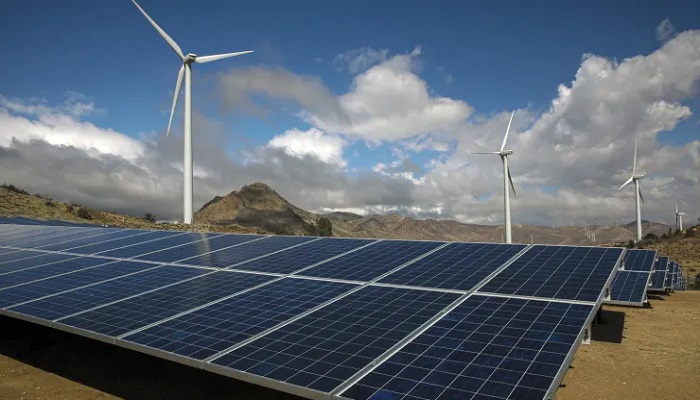By 2032, it is expected that renewable energy will account for almost 45% of power generation across the United States. If the US implements more stricter clean energy policies so as to accomplish significant climate targets, there is indeed a possibility that these numbers could further increase.
It is believed that the sector is at present undervalued by 12%, which is one of the biggest discounts which is observed since the global financial crisis of 2008–09. This undervaluation is mostly driven by an optimistic perspective on the progress of renewable energy. Utilities that have the ability to bring the stakeholders in one place in the renewable energy sector, including investors, developers, as well as policymakers, must be valued highly.
US Renewable Energy Forecast: 10-Year Perspective
On the basis of favourable economics, policy development, and consumer demand, one predicts that renewable energy in the U.S. will grow at an annual growth rate- AGR of 12% in the next decade.
The main points to remember from the 10-year forecast are:
- By 2032, the proportion of renewable energy in the overall U.S. generation mix will increase to 45%, a significant rise from the current 16% in 2022. This includes wind, solar, biomass energy, as well as geothermal.
- The growth of renewable energy is mainly replacing coal power generation, which is expected to decline by an average of 13% per year and will comprise of only 4% of the total U.S. generation mix, as compared to 19% in 2022.
- Renewable energy growth plays a crucial role in meeting the increasing demand for electricity. Based on economic growth along with the growing electrification of vehicles as well as buildings, an average yearly U.S. electricity demand growth of 1.4% until 2032 is expected.
- The forecast shows that there will be minimal changes in the production of natural gas, hydro, as well as nuclear energy. The carbon-free generation, which includes renewable energy, nuclear power, and hydroelectricity, is projected to experience an AGR of 6% and should reach 66% in the next 9 years.
The forecast overall predicts an 11% increase in renewable energy generation in 2032 compared to the average consensus. Additionally, it also indicates a decrease in fossil fuel generation compared to the consensus. The optimistic outlook for renewable energy reinforces the belief that the market has underestimated the long-term growth and worth when it comes to utilities.
Solar Energy: Seeing the Surge
It is predicted that solar energy will experience the highest rate of growth among clean energy tech in the upcoming decade. This is due to the sinking costs, the ability to install solar panels in different places, and the dependability of solar power. It is expected that solar energy will experience significant growth across the US, increasing from 2% of power generation in 2018 to 22% by 2032. This projection involves both centralised as well as distributed generation.
Solar energy accounts for nearly two-thirds of the growth in renewable energy as per projections and will account for 50% of all renewable energy in the US by 2032, which is an enormous surge from its 21% share in 2018.
Solar projects dominate the U.S. electric grid queues as the most prominent generation technology. According to Rystad data, developers are currently planning or have begun construction of over 90 gigawatts of new solar capacity. This represents a significant increase – in fact, almost double the current solar capacity in the US.
Confidence is shown that solar energy will play a significant role in driving the growth of renewable energy across the country.





































